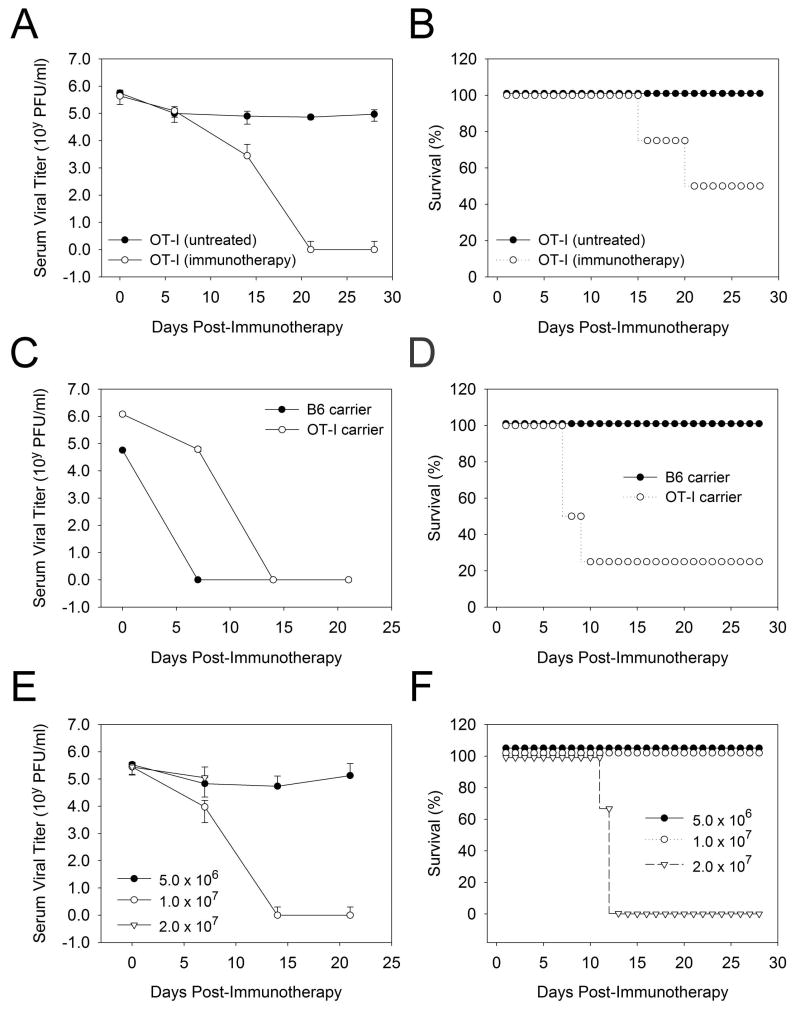Figure 3. Administration of adoptive immunotherapy to OT-I carrier mice.
A-B) Serum viral titers (A) and survival (B) were quantified in OT-I carrier mice (45 days following i.c. inoculation with 103 PFU LCMV) that received no treatment (n=4) or 2×107 memory splenocytes (n=4). Only 50% of the OT-I carrier mice survived following adoptive immunotherapy, and this was associated with a reduction in serum viral titers to undetectable levels by 21 days post-treatment. No fatalities or reductions in serum viral titers were observed in control mice. C-D) Serum viral titers (C) and survival (D) were compared in B6 carrier mice persistently infected from birth with LCMV (n=4) and OT-I carrier mice (45 days post-infection; n=4). Both strains received 2×107 memory splenocytes. Note that 100% of the B6 carrier survived, whereas only 25% of the OT-I carrier survived. Serum viral titers were reduced to undetectable levels in both strains, although delayed clearance kinetics were observed in OT-I mice. E-F) Serum viral titers (E) and viral loads (F) were quantified in OT-I carrier mice (45 days post-infection) that received 5×106, 1×107, and 2×107 memory splenocytes (n=4 per group). 0% of the mice receiving 2×107 memory splenocytes survived, whereas all of the mice survived in the two lower dosage groups. Serum viral titers were reduced to undetectable levels in the mice that received 1×107 cells, but not 5×106 cells. Serum viral titers could not be followed in the 2×107 group because of the 100% mortality rate.

